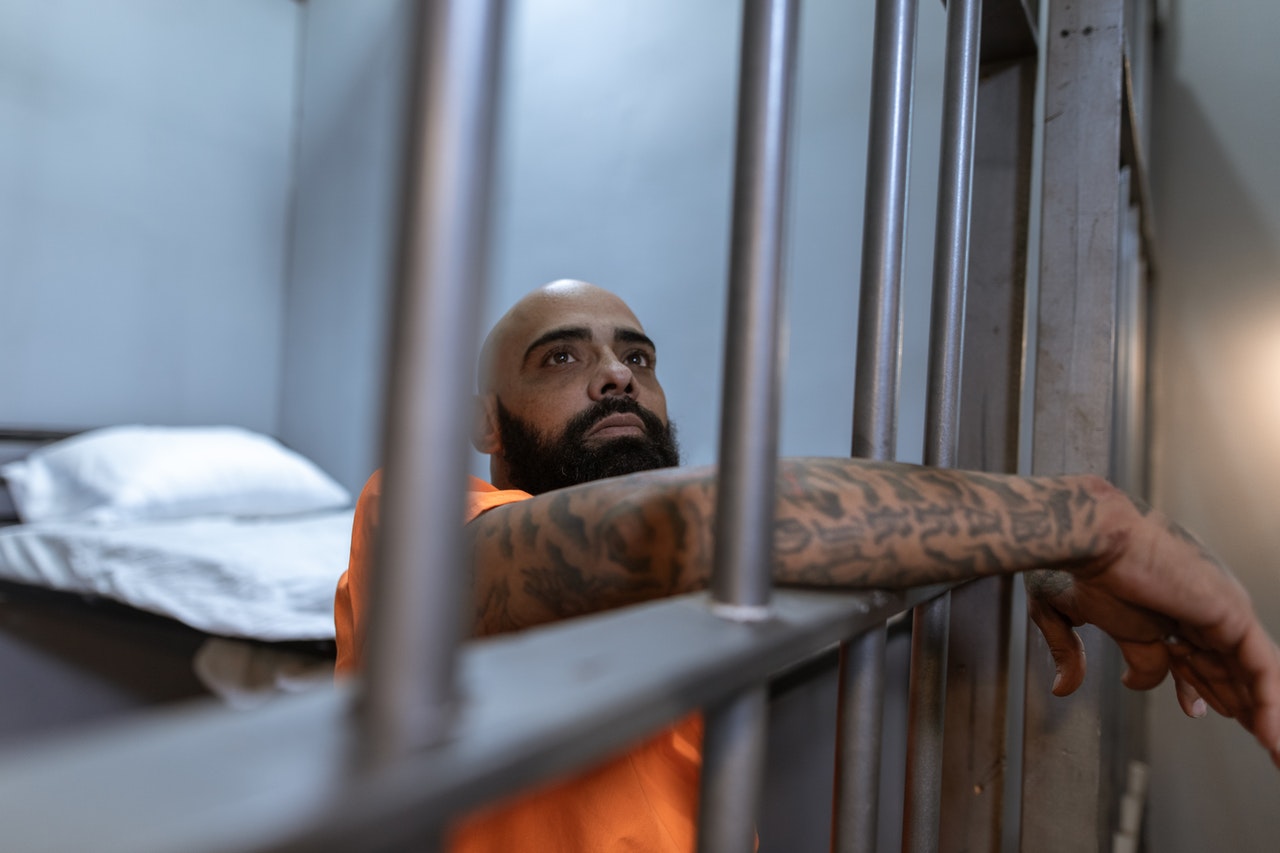How many prisoners are incarcerated in the United States, particularly in Utah? The Prison Policy Initiative provided an introspective 2018 data when it ranked states according to their incarceration rates if they were a country.
Topping the list was Oklahoma at a rate of 1,079. This was way higher than the national average, which was 698. The Beehive State, meanwhile, fell below that of the United States. It posted an incarceration rate of 439.
However, people were likely to get in prison in the United States than in Rwanda or the Russian Federation, which came after Utah. The rates were lower in states like Rhode Island and Vermont.
Indeed, the United States has been sending men and women behind bars at a fast rate since the 1970s, according to Vera. Utah ranked seventh in total incarceration while the state’s locked-up rate rose by a staggering 464% from 1983 to 2015.
The result of this rise is prison overcrowding, which only worsens the situation, even for non-convicted individuals. Too many prisoners can negatively impact their health and morale, including those who guard them.
Diminishing Good Health
Prisons are not spared from the grip of the COVID-19 pandemic, and unknown to many, the infection’s effect was devastating for them.
Take, for example, the results of a Stanford University study released in the Annals of Epidemiology. The researchers hypothesized that the disease is likely to infect many prisoners because of the lack of social distancing and easy access to healthcare.
But when they ran computer simulations, the numbers were more sobering. They learned that an infected prisoner could spread the virus to at least eight more people. This means that it spread around 4 times faster than it did in Wuhan and over 3.5 times than what happened in the Princess Diamond cruise.
Even before the pandemic, many prisoners deal with a growing list of health conditions, such as food-related issues.
A 2017 Atlantic report shared that the CDC revealed the risk of food-borne illnesses was over 5 times higher among prisoners than the general population. Further, an American Journal of Public Health shared that these diseases affect 45 per 100,000 inmates.
Impacting Employee Morale
In a prison system, it is not only the inmates who suffer. The negative impact also extends to the staff members who suffer from low morale. The disengagement, stress, and burnout can come from different sources:
- Depleting budget to improve prison conditions
- Work overload and long shifts as the population increases but the number of personnel remains the same or goes up only slightly
- High risk of experiencing violence due to the number of inmates present
- A slow increase in wages and benefits
What Reforms Are Necessary?
Prison overcrowding has been challenging for years for two reasons: it has many causes, and no single solution is enough. The process of changing can take years, but two ideal steps can speed up the process:
1. Making Bail More Accessible
The Prison Policy Initiative revealed that over 450,000 people are behind bars when they could have attended trials outside because of bail—or, to be more specific, access to the needed amount. Sometimes it can be so high for families to afford.
Many are now calling for the end of the bail system primarily because it is not fair. For instance, it places low-income families at a disadvantage. However, as long as it exists, prison decongestion can be possible with faster access to alternative options like bail bonds.

2. Assisting Inmates in Speeding Up Their Trials
A few years ago, Birbeck University of London released a pretrial detention report in at least 10 countries across four regions: the Americas, Oceania, Asia, and Africa. Their data revealed that the overall pretrial detention rate has increased by 15% since 2000.
But it rose more quickly in Asia, Oceania, and the Americas. Only Europe experienced a decline of an astonishing 42%. However, earlier, Americas Quarterly already released information that stated the United States had the highest number of pretrial detainees at nearly 500,000.
Although many cases will already receive a conviction and sentencing in days or weeks, sometimes they can languish for years. Either way, thousands spend countless days in jails, even if they are still presumed innocent by the law.
Fortunately, there are several options to deal with this. One is to strengthen the use of mobile courts, especially for inmates in remote areas.
Prisons can be both restorative and rehabilitative. However, they are not for everyone. Those who don’t belong there should have the opportunity to at least help reduce congestion.
